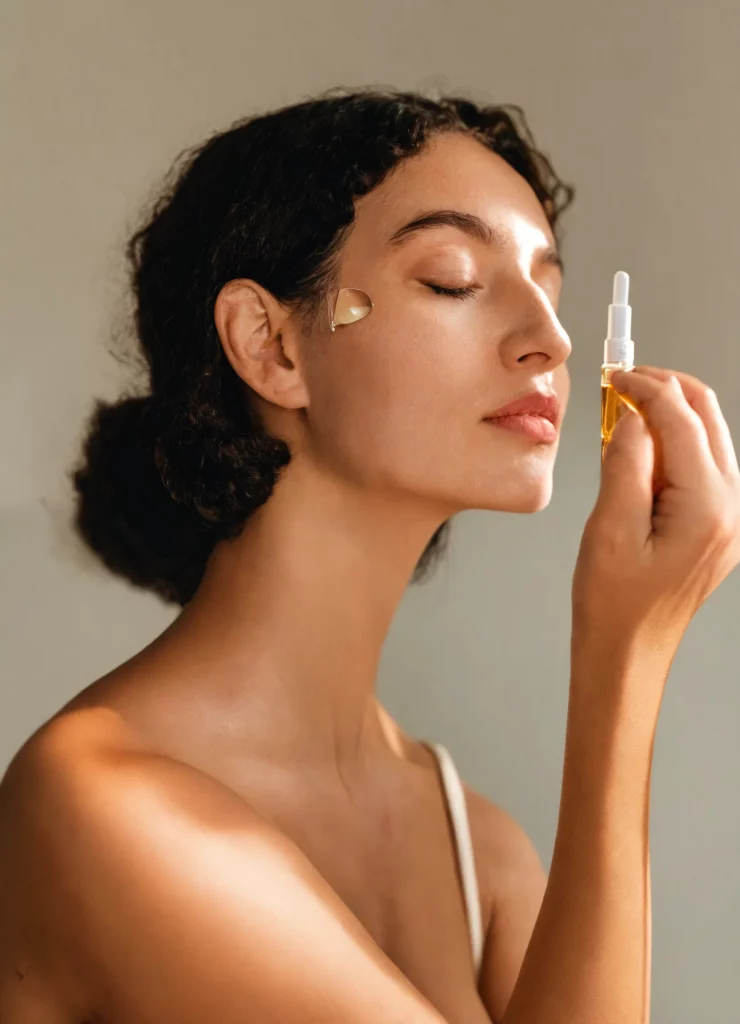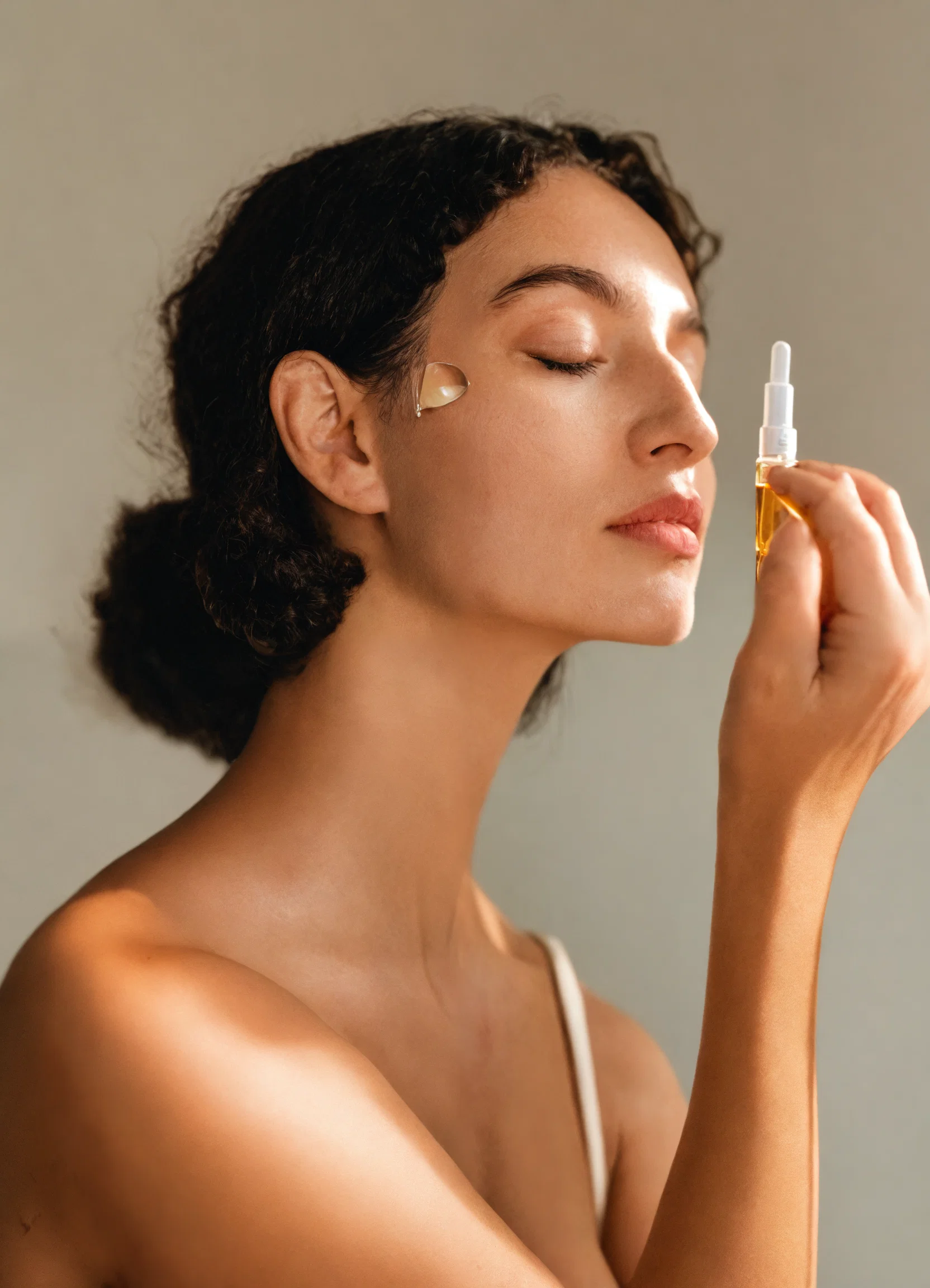Combining retinol and vitamin C in your skincare routine can be beneficial. Often, a small percentage of stable vitamin C is added to retinol serums to stabilize them and enhance retinol’s effects. However, there are nuances to using these active ingredients together that are not always discussed.

- Allow Skin to Adjust to Retinol First
- Let your skin get used to retinol before introducing vitamin C. It’s not advisable to start using two new actives simultaneously.
- Separate by Time of Day
- Use retinol in the evening and vitamin C in the morning. This makes more sense for the actives themselves.
- Avoid Combining High-Irritation Potential Products
- It’s better not to combine high-percentage ascorbic acid (vitamin C) with retinol in your routine due to their potential to cause irritation.
- Individual Skin Reactions
- Retinol can change your skin’s reaction to familiar products. Sometimes, a specific combination of retinol and vitamin C might not suit your skin. Often, vitamin C is blamed for breakouts or irritation, but the actual culprit might be the interaction between the products. Patch tests and monitoring skin reactions are crucial.
Specific Cautions
- Vitamin C and Benzoyl Peroxide
- Do not use vitamin C with benzoyl peroxide in parallel, as this combination has a high risk of irritating the skin.
- Vitamin C and AHA Acids
- Vitamin C can be used alongside AHA acids but avoid high percentages of azelaic acid. While a 10% azelaic acid serum works well with vitamin C, higher concentrations (15-20%) found in pharmacy gels can increase the risk of skin irritation. If you apply a high-percentage azelaic acid gel at night, avoid using vitamin C in the morning.
By following these guidelines, you can effectively and safely integrate retinol and vitamin C into your skincare routine.


Leave a Reply